Hue Martial Temple, in Huong Ho ward, Hue city - Photo: NL
From the early Le Dynasty and before, in the 7th year of Thien Phuc (986), strong, healthy men who knew martial arts were selected from the people to join the army. In the 10th year of Thien Ung Chinh Binh (1241), during the reign of Tran Thai Tong, strong, healthy men who knew martial arts were selected to join the army with three ranks: upper, middle, and lower.
In the 10th year (1241), the royal court established a rule to select healthy people who knew martial arts to serve as the Imperial Guards. During the early Le Dynasty, Le Thai To organized a selection of three armies, and those who were proficient in martial arts were appointed as the Imperial Guards.
In the second year of Thuan Thien (1429), an edict was issued for civil and military officials in the world from the fourth rank down to organize examinations to select talented people. Civil officials were required to be proficient in the classics and history, while military candidates were required to be proficient in martial arts. In May 1430, candidates gathered in Dong Kinh to take the examination. Military officials were required to be proficient in martial arts and legal books.
In the 4th year of Le Thai Tong (1437), the king organized an examination to examine the martial arts level of each general. The examination consisted of 3 subjects: archery, javelin throwing, and shield rolling. During the Le Trung Hung period, martial arts teaching and examinations were still held annually as before.
The event considered to be the beginning of learning and taking martial arts exams in our country was the second year of Bao Thai (1721), when Lord Trinh Cuong opened a martial arts school and established the position of Professor to teach the children of mandarins to learn martial arts and martial arts classics.
In October, the year of Quy Mao, the 4th year of Bao Thai (1723), the discussion began to open a military examination. The So Cu examination was an examination held in towns to select candidates to take the Bac Cu examination held in the capital. Only those who passed the So Cu examination were allowed to take this examination and there was only one examination, not divided into Hoi and Dien examinations. There were 3 examinations including Luoc Van, Martial Arts and Literature. The first So Cu examination held in the Le Dynasty was the first martial examination in our country.
In September, the year of Giap Thin (1724), Lord Trinh Cuong began to hold the Bac Cu examination. Those who passed were appointed as Tao Si, equivalent to a Doctor of Literature. Those who passed two exams but failed the third exam, were chosen as the most outstanding among them to pass the Tao Tat exam, also known as Toat Thu, and were also appointed as Tao Si.
During 61 years (1724-1785), the Later Le Dynasty organized 19 examinations, passing 199 Taoists, including 59 Taoists and 140 Dong Taoists.
Under the Nguyen Dynasty, in 1835, King Minh Mang ordered the construction of the Vo Temple in An Ninh village, Huong Tra district, now Huong Ho ward, Hue city. The King issued an edict saying: "The essential thing in governing the country is both literature and martial arts, we cannot neglect either side...
Moreover, from the founding of the dynasty to its restoration, during that time, the ministers who helped and advised, their achievements were brilliant, not inferior to those of the ancients, and should be commended to encourage talents"[1]. Although the civil system was promoted, King Minh Mang still paid attention to military governance, considering it an important factor in the work of building and protecting the country.
In the 6th year of Thieu Tri (1846), the king specially opened the first An exam. This exam accepted 51 people, called Vo cu nhan. This was the first martial arts exam of the Nguyen dynasty. In the 18th year of Tu Duc (1865), the Vo Tien si exam began.
This examination had 3 people passing the Doctorate exam and 6 people passing the Deputy Doctorate exam. The Doctorate exam under the Nguyen Dynasty started from here and the Doctorate degree also started from this examination.
However, due to the intervention of French colonialism, from the 33rd year of Tu Duc (1880), martial arts exams were no longer held. During the Nguyen Dynasty, 8 Huong martial arts exams, 7 Hoi martial arts exams and 3 Dinh martial arts exams were held.
The only document that specifically records those who passed the martial arts exam is the book Le Trieu Tao Si Dang Khoa Luc, which means the document records those who passed the Tao Si exam, that is, passed the Bac Cu exam of the Le Dynasty. Unfortunately, because the records at that time did not have complete information about hometowns, it was not possible to count how many people from Quang Tri passed the martial arts exam.
During the Nguyen Dynasty, only those who passed the Military Doctorate and Military Vice-Master examinations were recorded in the Dai Nam Thuc Luc book with very brief and concise information. Two steles in the Martial Temple engraved the names of the Military Doctorates in the examinations in the years At Suu (1865), Mau Thin (1868), Ky Ty (1869) under the Tu Duc Dynasty.
There were three people who made the martial arts tradition of Quang Tri province famous. The first was Vo Van Luong, from Dau Kinh commune, Bich La canton, Dang Xuong district, formerly Trieu Phong district, now Trieu Phong commune. At the age of 33, he passed the Hoi exam with second place. The Dinh exam passed the third class of Dong Vo Tien si in the At Suu exam in the 18th year of Tu Duc (1865).
Next was Do Van Kiet, from Bich Thu commune, Bich La canton, Dang Xuong district, formerly Trieu Phong district, now Trieu Phong commune. In the 17th year of Tu Duc (1864), he passed the Vo Cu exam. At the age of 42, he passed the Dinh exam and became a Third Class Dong Vo Tien Si in the Mau Thin year of Tu Duc 21 (1868).
The third person was Le Truc, from Thanh Thuy village, Tien Hoa commune, Tuyen Hoa district (old), now Tuyen Hoa commune, who passed the Dong Tien Si exam. On the stele with the name of the Vo Tien Si in the Hoi exam in the year Ky Ty, Tu Duc 22 (1869) at the Hue Vo Temple, it is written: "Three people passed the Third Class of the Dong Tien Si exam...
Le Van Truc was born in the year of Tan Suu (1841). He passed the exam at the age of 29. He was from Thanh Thuy commune, Thuan Le commune, Minh Chinh district, Quang Trach prefecture, Quang Binh province. In the 21st year of Tu Duc (1868), he passed the Vo Cu exam. He is currently studying at the Vo Hoc Duong school. He passed the Hoi exam with the second highest score"[2].
Later, he became one of the leaders of the Can Vuong movement. When King Ham Nghi was captured, on November 1, 1888, Le Truc led the insurgents to surrender, ending the illustrious career of a military general.
Over 138 years, from the first martial arts examination in the 3rd year of Bao Thai (1742) to the 33rd year of Tu Duc (1880), our country's martial arts examinations had 209 people passing the Tao si, Tien si and 110 passing the Vo Pho bang, ending 40 years earlier than the Van exam. Among them, Quang Tri province was honored to contribute 3 Vo Tien si. This is the honor and pride of the land rich in patriotic traditions, people full of spirit, courage, steadfast determination and aspiration to contribute to building the country.
Nhat Linh
[1] National History Institute of Nguyen Dynasty, Dai Nam Thuc Luc, Hanoi Publishing House, Hanoi, 2022, volume IV, p.774.
[2] Nguyen Thuy Nga, Martial arts examinations and people who passed martial arts exams in our country, Social Sciences Publishing House, Hanoi, 2019, p.255.
Source: https://baoquangtri.vn/nhung-nguoi-lam-rang-danh-truyen-thong-vo-cu-quang-tri-196402.htm


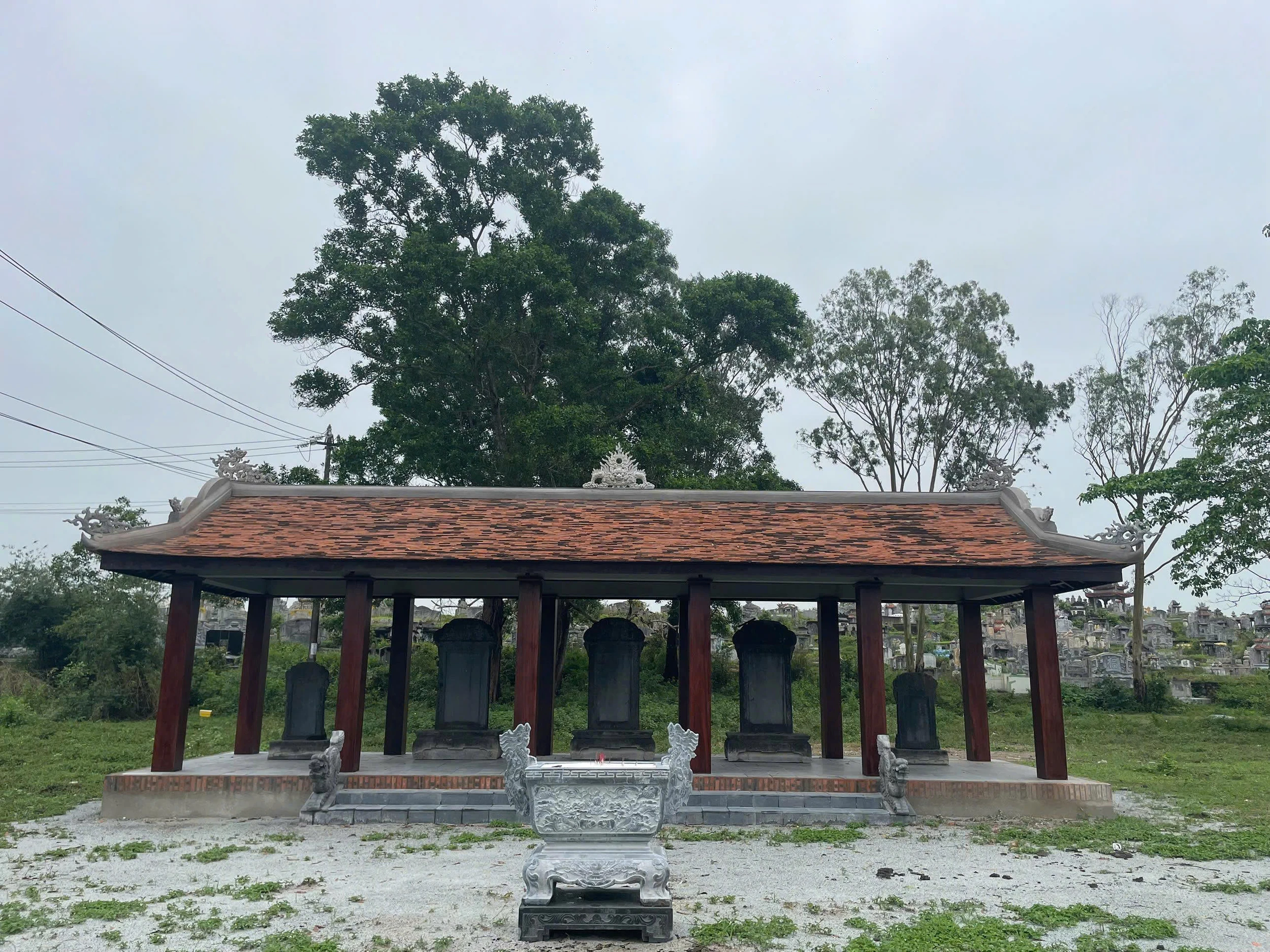


![[Photo] Lam Dong: Images of damage after a suspected lake burst in Tuy Phong](https://vphoto.vietnam.vn/thumb/1200x675/vietnam/resource/IMAGE/2025/11/02/1762078736805_8e7f5424f473782d2162-5118-jpg.webp)

![[Photo] President Luong Cuong receives US Secretary of War Pete Hegseth](https://vphoto.vietnam.vn/thumb/1200x675/vietnam/resource/IMAGE/2025/11/02/1762089839868_ndo_br_1-jpg.webp)








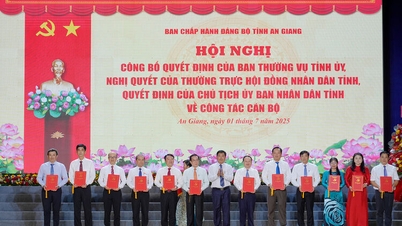



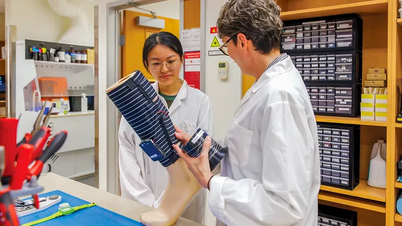



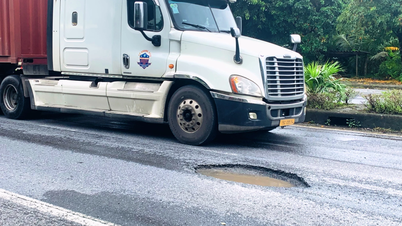


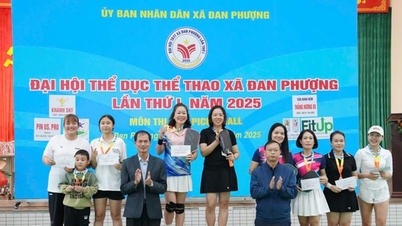









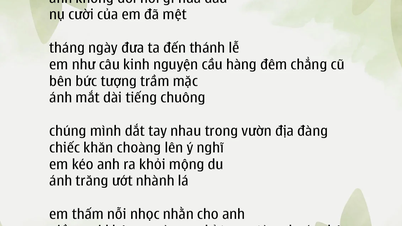
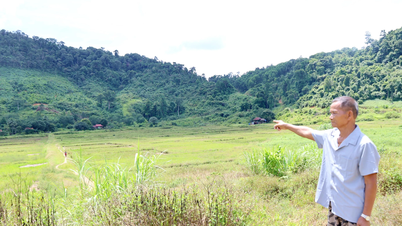





































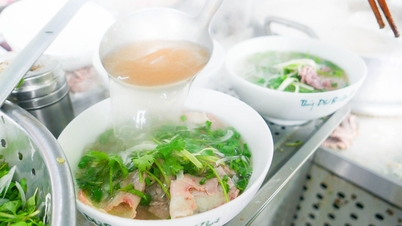

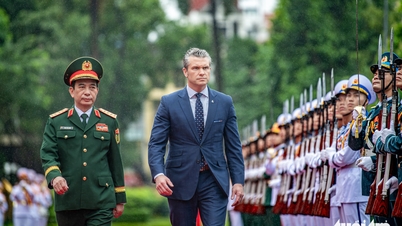

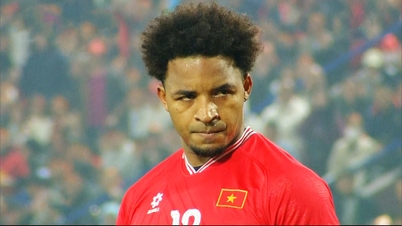



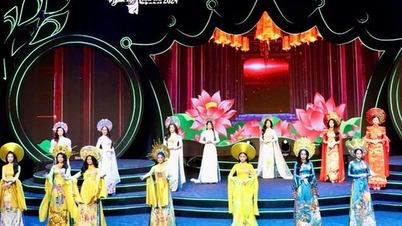


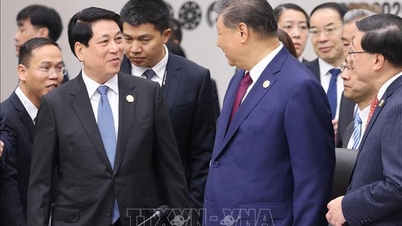







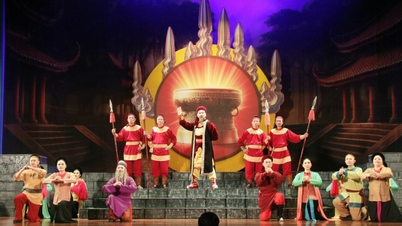

















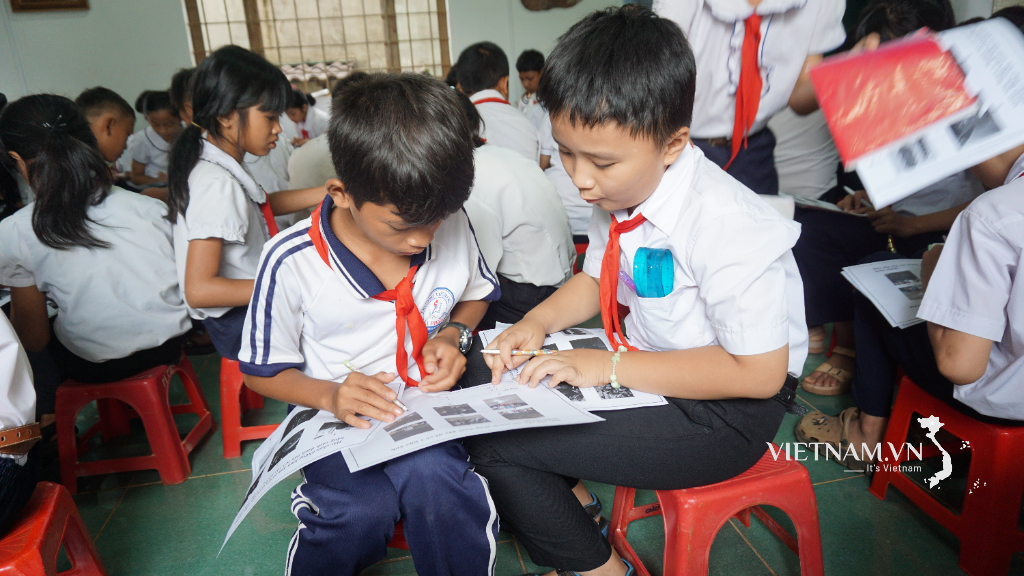
Comment (0)